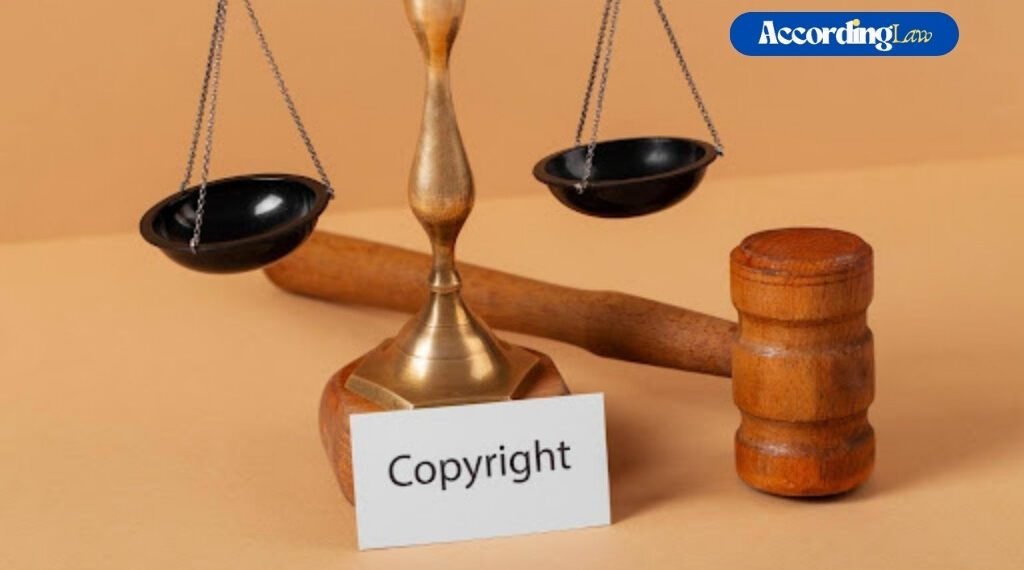AI copyright law used to be something tech lawyers handled, but now, it’s a front-and-center issue. It could very well affect how your business operates every single day, which means it’s definitely something you need to pay attention to.
Think about how your marketing team drafts blog posts. They use AI, don’t they? Your designers also probably use AI for graphics, and your software developers rely on AI for code suggestions. And why wouldn’t they? These tools save so much time and money, it would make zero sense not to use them. All this ties back to questions about intellectual property. Who owns the rights to what’s created? Is that code the AI tool generated, or is it legally yours? What about the image or the blog post?
Courts and lawmakers are now weighing in on this issue, both in the U.S. and in the rest of the world.
Table of Contents
The (Current) State of Copyright Law
In the U.S. only works with ‘meaningful’ human input can be protected; content that is fully generated cannot.
| In the U.S., Thaler vs. Perlmutter (D.C. Circuit, March 2025) affirmed that works that are 100% AI-generated aren’t copyrightable; only human-authored contributions are. The U.S. Copyright Office (USCO) has taken the same position. – D.C. Circuit Court |
In the EU, though, the approach is much more flexible, and it gives more weight to human creativity in guiding AI.
| The EU AI Act requires all AI-generated content to have a training data summary, including honoring text-and-data-mining (TDM). Penalties for violations have been introduced and fines reached up to €35 million (EURO), or 7% of global annual turnover. – European ParliamentThe DSM Directive (2019/790, Art. 4) allows for rightsholders to opt out of TDM for commercial purposes. This prevents AI models from training on their works without permission. – European Parliament |
In Asia, countries like China and Japan have stricter rules around how copyrighted data can be used to train models.
| Japan’s Copyright Act (Art. 30-4) permits use of copyrighted works for AI training as ‘information analysis’. – Privacy WorldThe Beijing Internet Court (Nov 2023) in China recognizes copyright in AI-generated images where human input can be proven. – Global Litigation News |
If you look at some more recent rulings on content that’s generated by AI, it becomes obvious that, if it’s the machine that created most of the work, you aren’t guaranteed ownership.
| In the UK, the Copyright, Designs and Patents Act 1988 (s.9(3)) still assigns authorship of computer-generated works to the person making the arrangements; This approach is currently being heavily debated. – UK Legislation |
Legal Problems Businesses Face Because of AI-Generated Content
These are the issues that stand out the most.
Authorship and Ownership
If AI is just a tool you guide, then the work can be yours. But if it’s AI that’s doing most of the work, courts will usually say it’s not protected. Without clear human ownership, your business risks having no rights to what you produce.
| Thomson Reuters vs. ROSS IntelligenceA U.S. federal court ruled that an AI developer’s unauthorized use of headnotes for AI model training didn’t qualify as ‘fair use’. – Financial TimesMata vs. Avianca, Inc.Lawyers were sanctioned after submitting case citations generated by AI (ChatGPT). – Financial Times |
Training Data and Copyrighted Sources
A lot of AI models are trained on books, music, code, and images that could be copyrighted. If that data isn’t licensed, the outputs you use could have some legal risks. The safest way to go is to choose transparent, compliant tools.
| New York Times vs. OpenAI (lawsuit filed in Dec 2023)GPT-4 (ChatGPT) and similar LLMs can memorize/regurgitate protected content such as news articles. – arXiv (Cornell University) |
Infringement Liability and Risk Management
AI can accidentally generate something that’s too close to the work that already exists. When that happens, whole businesses can be held liable, not just AI developers.
This is why you need to check your intellectual property for outputs and even look at insurance, or you could land yourself in quite a pickle.
| Meta “Llama” Fair Use Ruling (June 2025)A U.S. court ruled Meta’s use of copyrighted works to train its Llama LLM as ‘fair use’. NOTE: As said by the court, the ruling hinged on the plaintiffs’ poor legal representation; this is not a blanket approval of unauthorized training. – Financial Times |
This goes to show that even though you might be in the right, proper legal representation matters a lot.
Contractuality and Compliance
Clear/strong contracts with AI vendors are key if you want to protect your business.
You should always have agreements that define ownership and liability with external policies for safe use. If you don’t have these, even minor mistakes can become massive (and expensive) legal issues.
| WARNING: Before signing an AI vendor contract, it’s best to define indemnification clauses, liability limits, and explicitly address AI-specific issues (hallucinations, bias) in agreements. – Maryland State Bar Association (MSBA) |
How to Stay Compliant in 2025
Intellectual property law can be very confusing.
You should have clear internal rules that spell out how AI content can be used and credited. You should also have a legal team audit your rules on a regular basis to make sure there are no risks there.
There’s also compliance software that can scan everything AI creates to see if there’s any possible infringement happening. What’s even better is that it can keep records of prompts and edits to prove human involvement if that gets challenged.
This is especially important in industries such as law, where firms often pair with tailored SEO strategies for injury law firms to keep content competitive to reach more clients, but are also protecting it legally at the same time. The same goes for other sectors such as finance, media, healthcare, real estate, e-commerce, and it’s not hard to see why.
Conclusion
In 2023 and 2024, we experimented with AI and had a lot of fun. We also recognized its potential and, in 2025, we’re using AI all over. Accountability has finally caught up, plus now that the ‘honeymoon phase’ is over, potential problems have started rearing their ugly heads.


